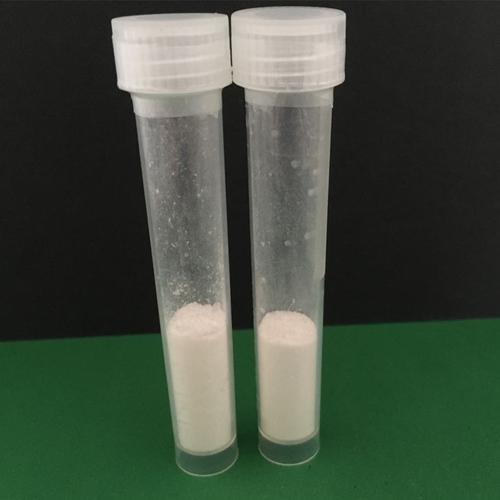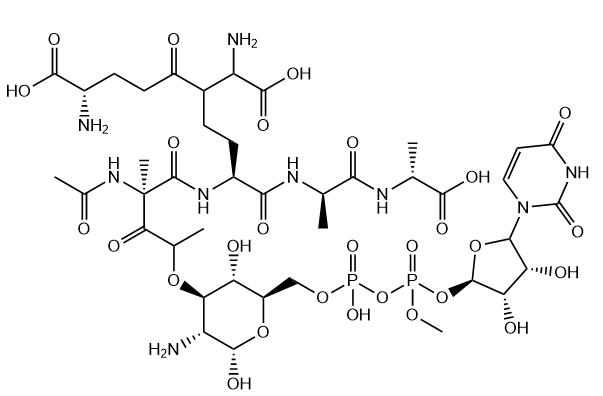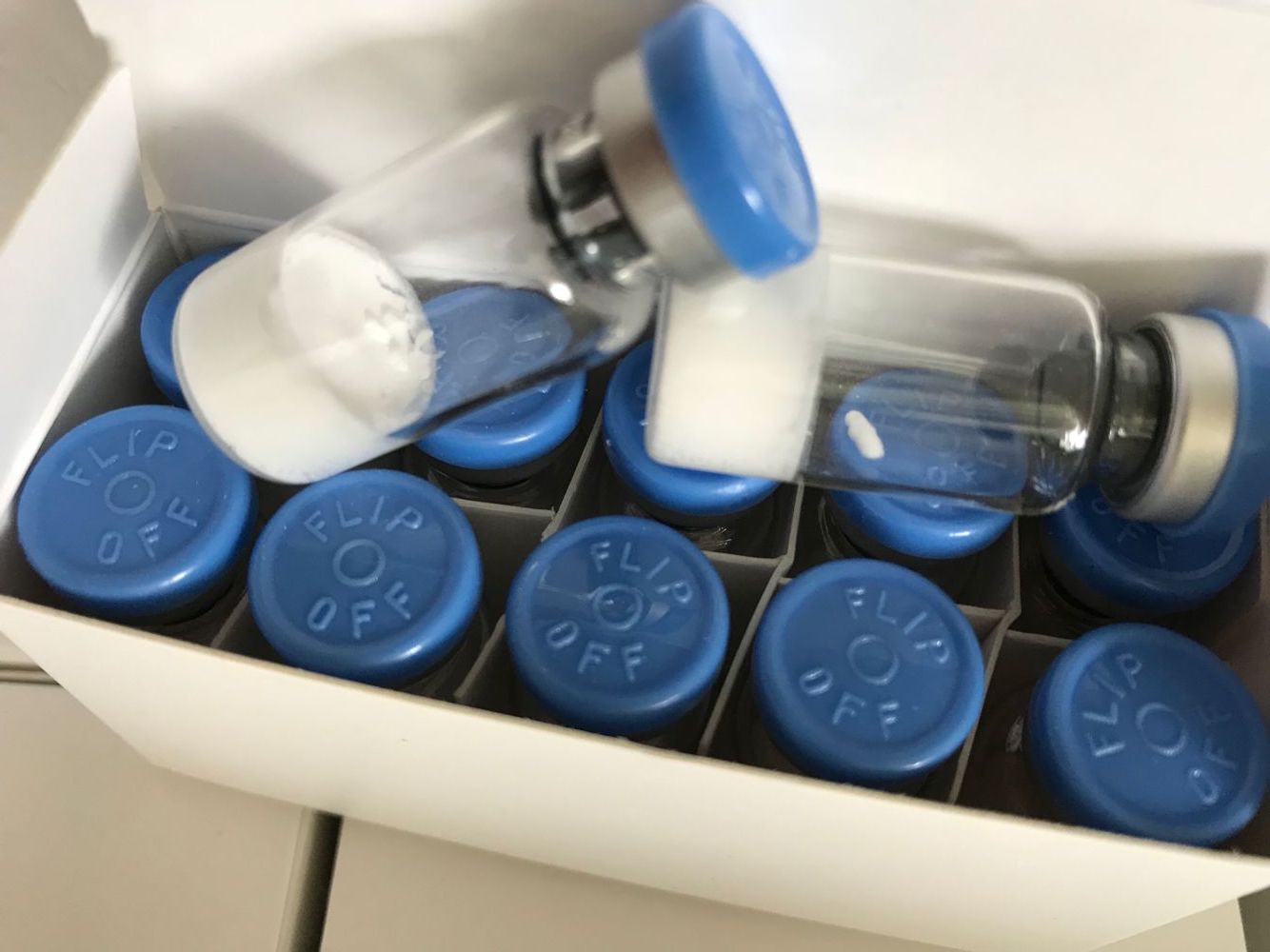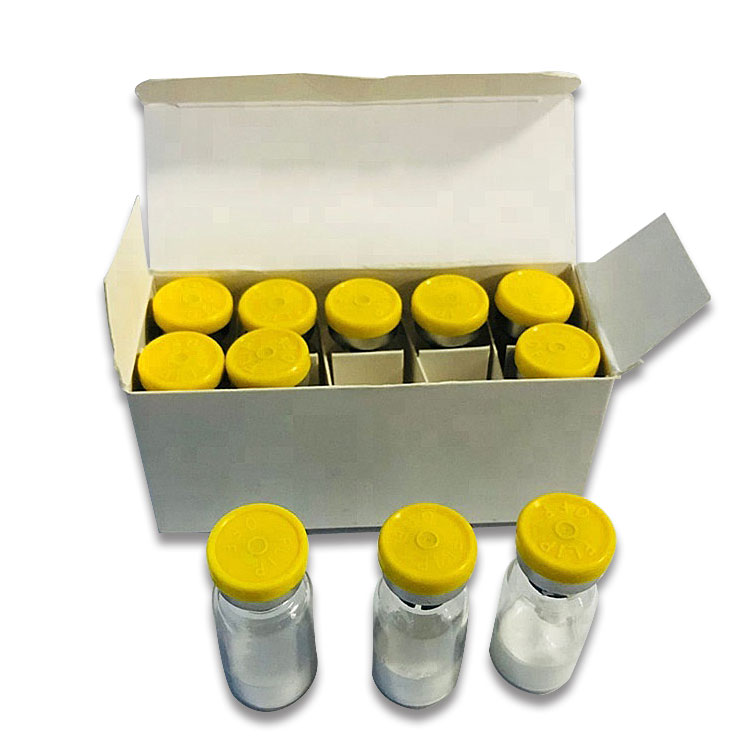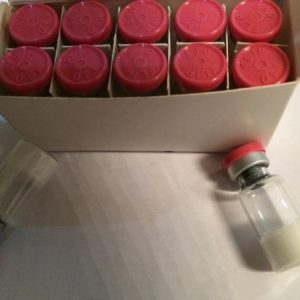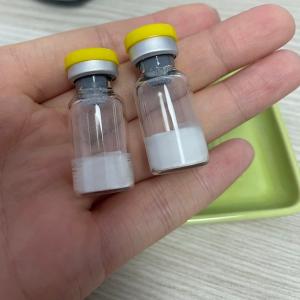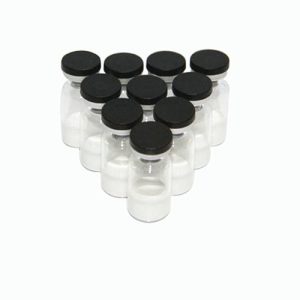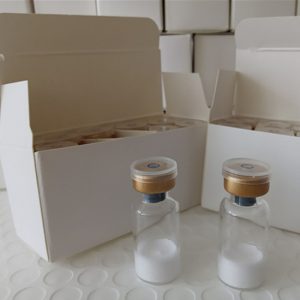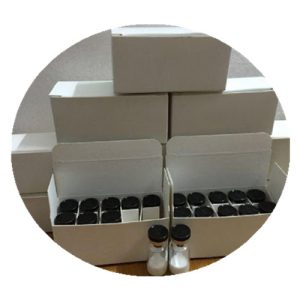ll-37 full form Cathelicidin antimicrobial peptide (CAMP) is an antimicrobial peptide encoded in the human by the CAMP gene. The active form is It. In humans, CAMP encodes the peptide precursor CAP-18 (18 kDa), which is processed by proteinase 3-mediated extracellular cleavage into the active form LL-37.
It is a major protein in neutrophils and is widely found in neutrophils, bone marrow, cervix and vaginal squamous epithelium.The LL37 precursor consists of a signal peptide, a cathelin conserved region, and 37 amino acid residues, which are cleaved when the cell is activated by serine protease 3 and other protein hydrolyzing enzymes to produce the biologically active It ,LL37 has antibacterial, antifungal and antiviral properties, as well as chemotactic and immunostimulatory/modulatory effects.
LL-37 peptide Benefits
Immunomodulation
Accelerated wound healing
Antimicrobial activity
LL-37 peptide dosage
Carl Lanore of SuperHuman Radio recommends 125 mcg per day injected subcutaneously for 50 days, followed by a 2-4 week break before doing a second round if necessary.
Dr. William Seeds recommends 100mcg of LL-37 injected subcutaneously twice a day (once in morning and once at night) for 4-6 weeks.
Outside of those two authoritative sources, there really isn’t much else out there to say on this topic.
Like I always say, you are 100% responsible for how you use this peptide and how you react to it.
Start with the minimum effective dose possible, monitor your body’s reactions, and use common sense.
LL-37 Peptide Side Effects
Possibly ineffective (i.e. nothing happens)
Elevated levels of LL37 are seen in patients with psoriasis and contact dermatitis, along with rosacea
Bacteria may eventually develop resistance to It after prolonged use
More Introduction:https://en.wikipedia.org/wiki/Cathelicidin_antimicrobial_peptide
